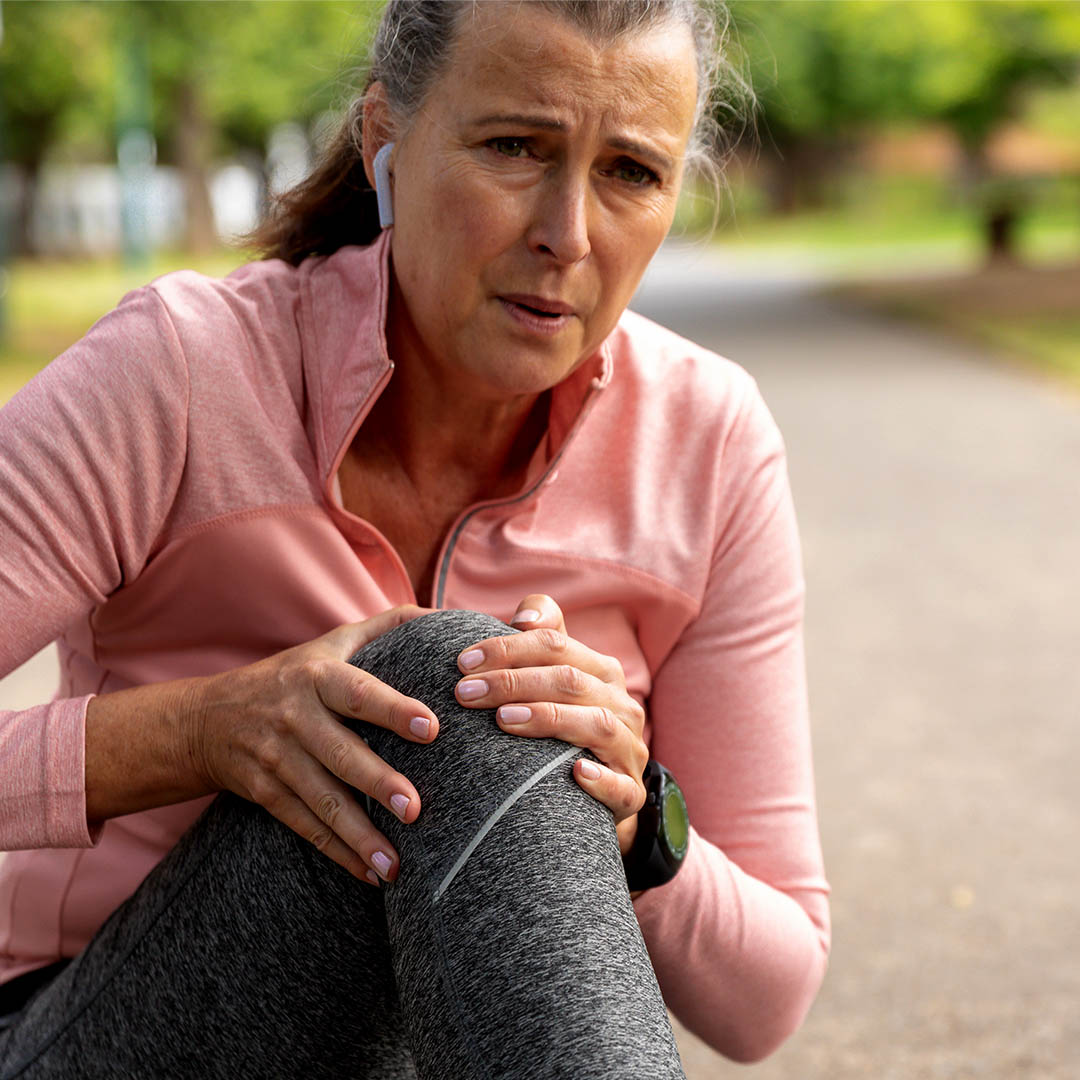Save your Muscle Mass during Injury with Omega 3 Fat
Posted on : May 26, 2020
by Ashleigh Feltham
Accredited Practising Dietitian and Accredited Nutritionist
If you have ever been injured, you may have seen muscle loss over your recovery period. Your hard efforts seem to slip away during periods of recovery, but the good news is a recent study found that using omega 3 fat may prevent this level of loss of muscle mass, size, and strength.
A randomized, double blind control trial aka a very high-quality study design found that omega-3 fat may play an important role in getting you back moving at the strength and level you had prior to an injury. The study was structured so that the experimental group of participants took 5 grams of omega-3 supplement per day. This was taken 4 weeks prior to 2 weeks of immobilization of lower limbs. Both study groups consumed protein at 1g/kg of body weight a day regardless of the supplementation.
After the period of muscle disuse both the omega-3 supplement group and the control group had a reduction in muscle volume and mass. The good news is the level of this mass and volume loss was significantly more in the group not taking the omega-3 supplement.
Another important benefit was the rate of recovery. After just two weeks following the disuse period the muscle mass and volume of those taking the omega-3 supplement was fully recovered.
Take home message: Not only is it beneficial to include omega-3 fat in your diet during periods of recovery from injury but as part of your diet as a healthy lifestyle choice. Supplements were used in this study but whole food sources of omega-3 fat like seafood are not only safer but are linked to greater health benefits to your body due to their complex food matrix.
Safcol seafood products provides the type of omega-3 fat your body uses best. You can find omega-3 fat in plant sources but the ability of your body to convert this type of omega-3 fat called alpha-linolenic acid (ALA) to the types used by your body called EPA (eicosapentaenoic acid) and DHA ( docosahexaenoic acid) is limited. Only around 1% of ALA is converted to EPA and DHA. The best sources of omega-3 fat your body can use include:
- Sardines
- Mackerel
- Salmon
- Oysters
- Trout
All these seafood varieties are sold by Safcol so you know that you are giving your body the best quality seafood and omega-3 fat sources. It also contributes to doing your bit for the environment as Safcol uses only responsibly sourced seafood. You deserve to keep your body as healthy as possible no matter what life throws at you. To do this add Safcol seafood 2-3 times a week as part of an overall balanced diet.
Reference:
McGlory C, Gorissen SHM, Kamal M, et al. Omega-3 fatty acid supplementation attenuates skeletal muscle disuse atrophy during two weeks of unilateral leg immobilization in healthy young women. FASEB J. 2019;33(3):4586‐4597. doi:10.1096/fj.201801857RRR
Save your Muscle Mass during Injury with Omega 3 Fat



